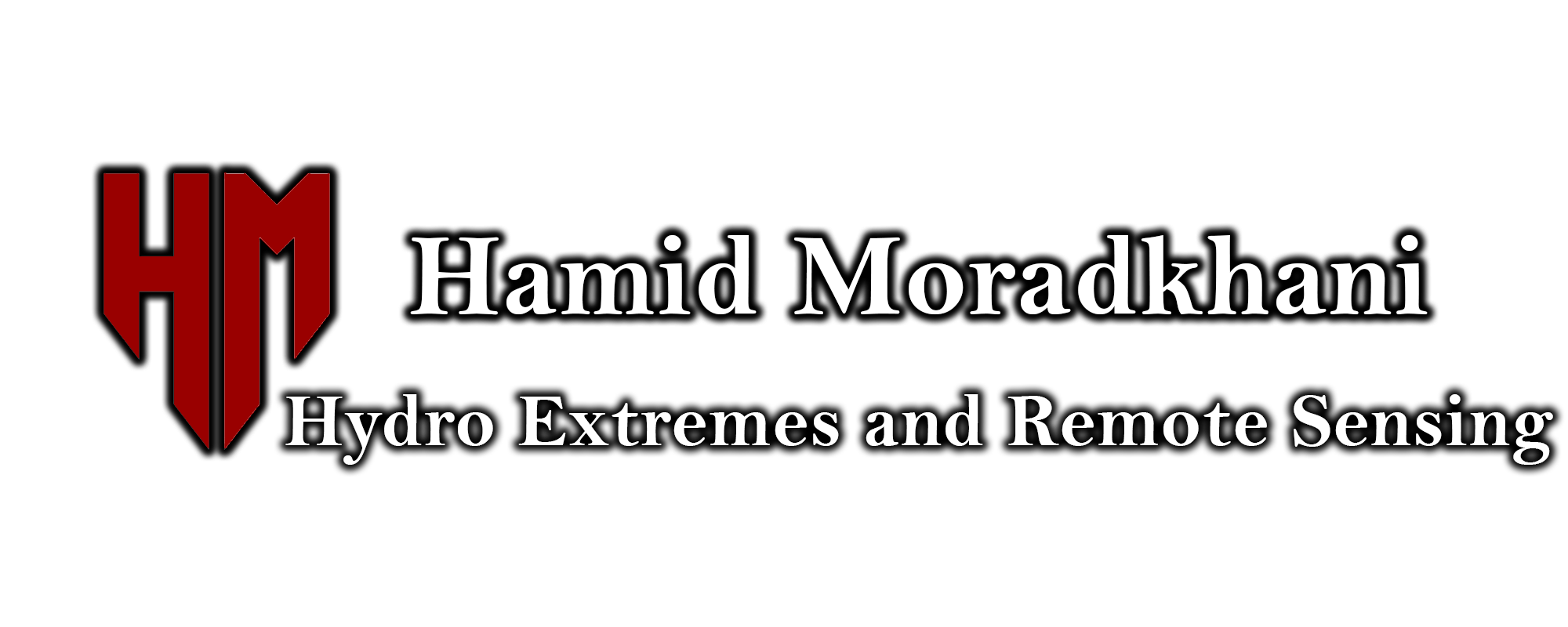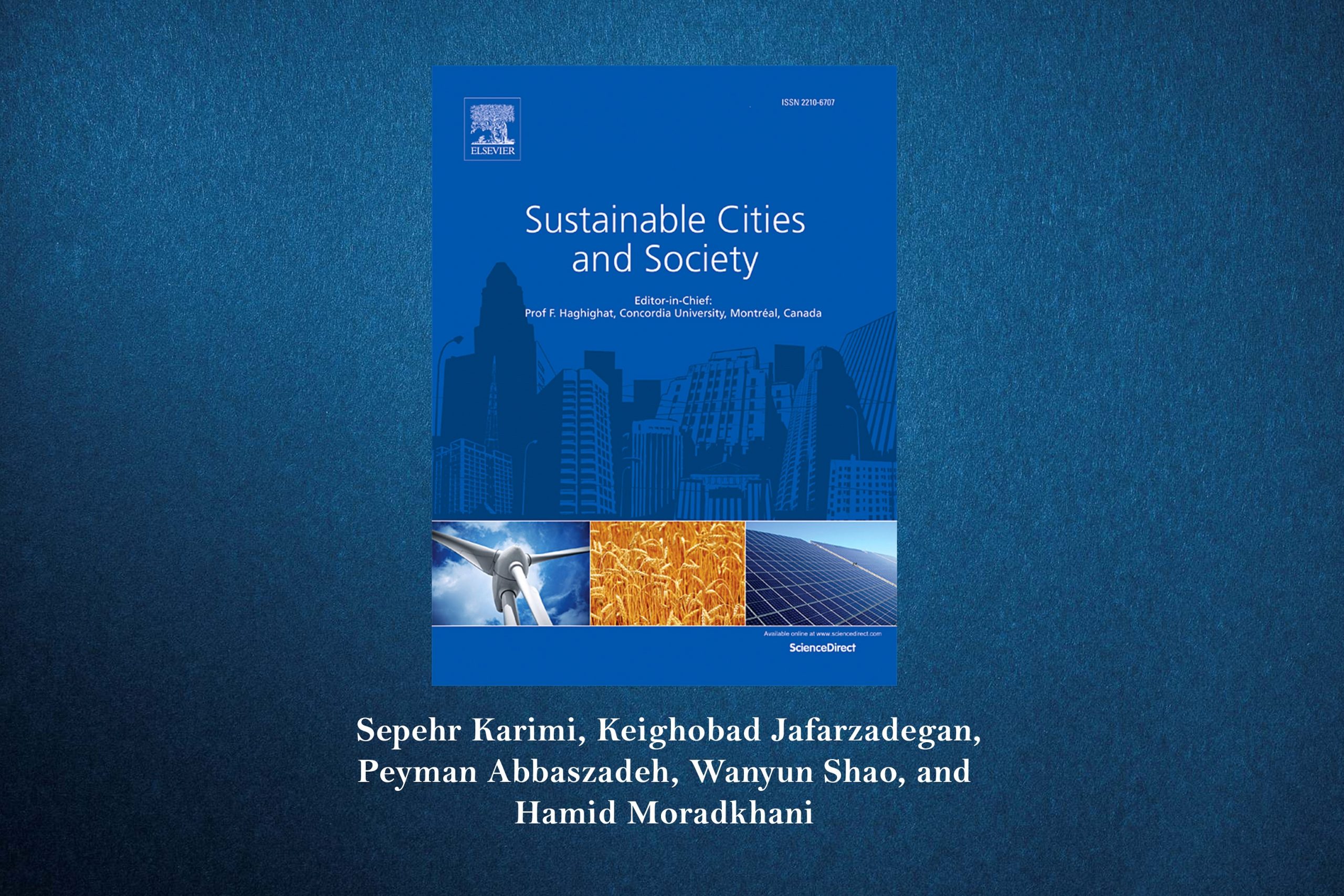The use of social media platforms such as Twitter significantly increases during natural hazards. With the emergence of several social media platforms over the past decade, many studies have investigated the applications of these platforms during calamities. This study presents a comprehensive spatiotemporal analysis of textual content from millions of tweets shared on Twitter during Hurricane Harvey (2017) across several affected counties in southeast Texas. We propose a new Hazard Risk Awareness (HRA) Index, which considers multiple factors, including the number of tweets, population, internet use rate, and natural hazard characteristics per geographic location. We then map the HRA Index across southeast Texas. Utilizing a dataset of 18 million tweets, we employ Natural Language Processing (NLP) along with a set of statistical techniques to perform analysis on the textual data generated by Twitter users during Hurricane Harvey. This enables us to subdivide the tweet contents into several categories per county that would inform crisis management during the event. In all, our study provides valuable information at the county level before, during, and after Harvey that could significantly help disaster managers and responders to minimize the consequences of the event and improve the preparedness of the residents for it. Since HRA is derived based on the meteorological observations and some demographic information, depending on the availability of such dataset and the nature of the hazard (i.e., flood, wildfire, hurricane, and earthquake), this index can be calculated and employed for assessing the risk awareness of a community exposed to either of these natural hazards… Read more

